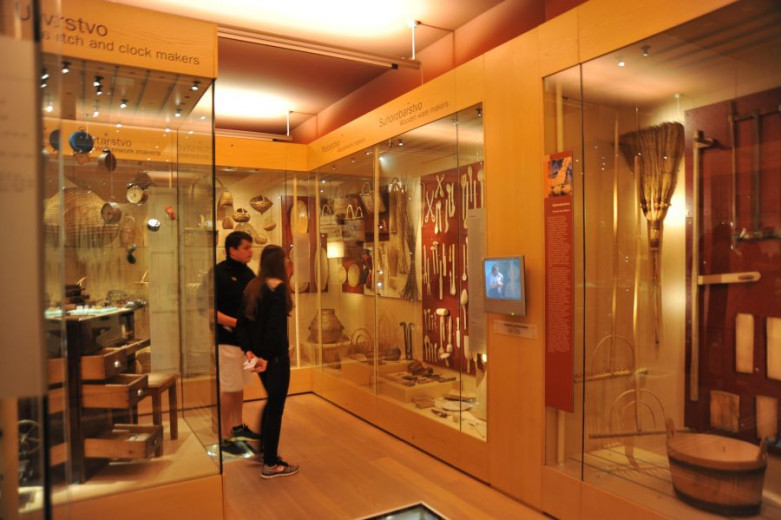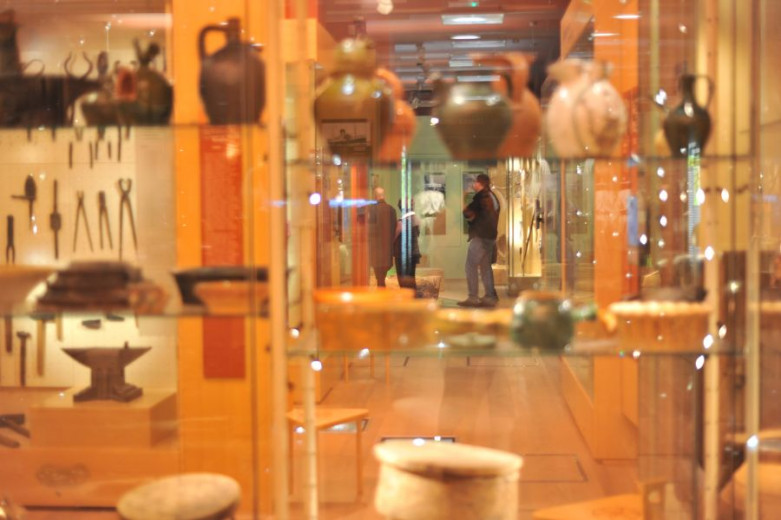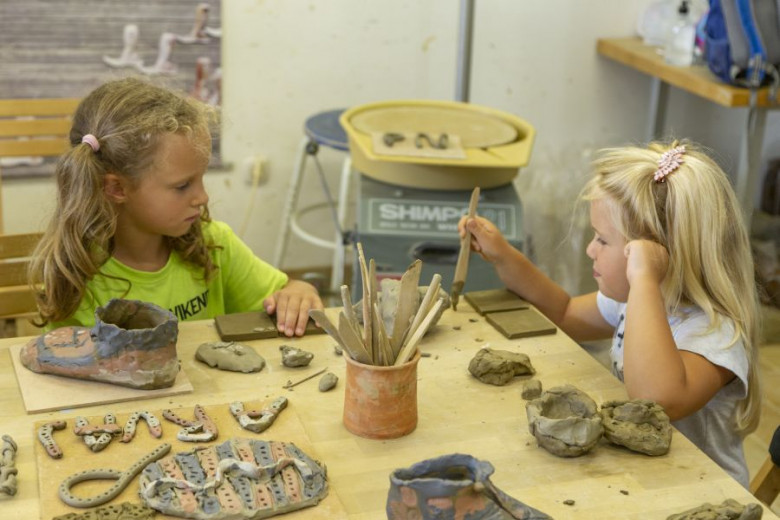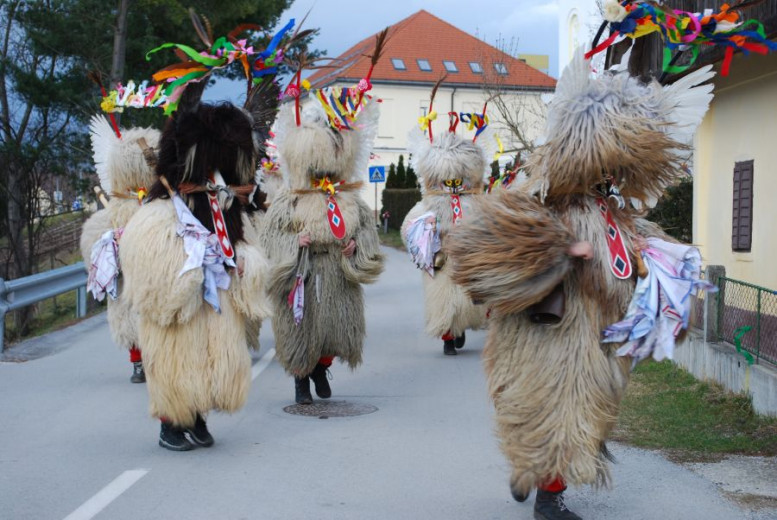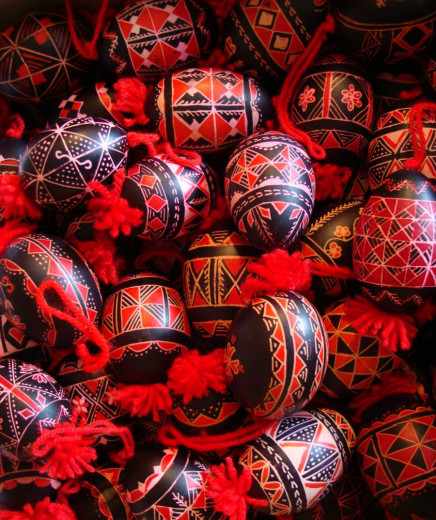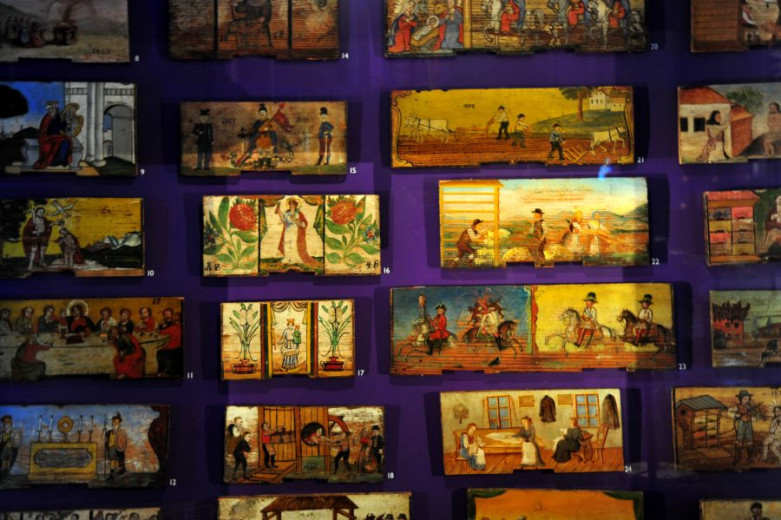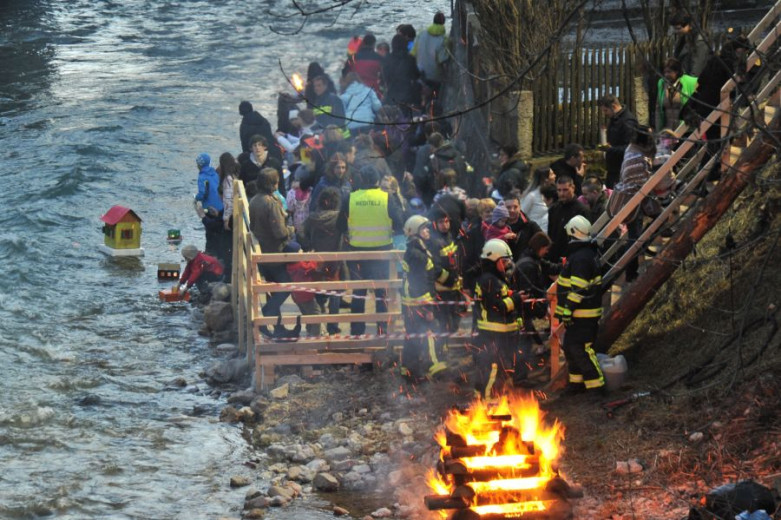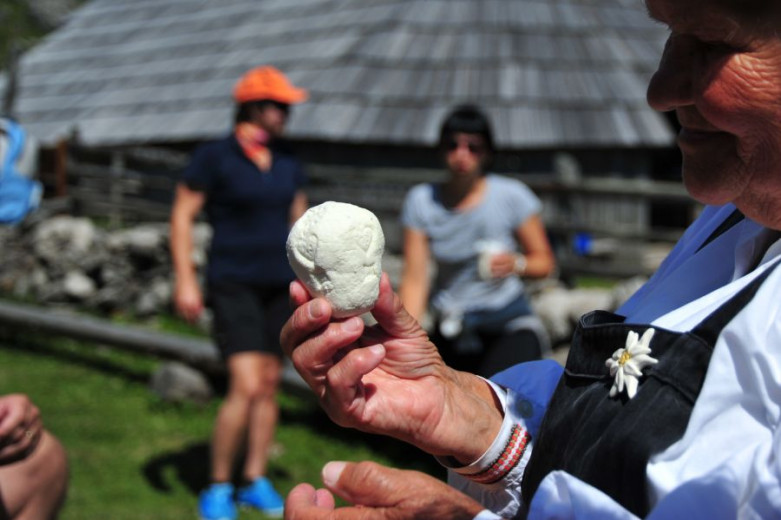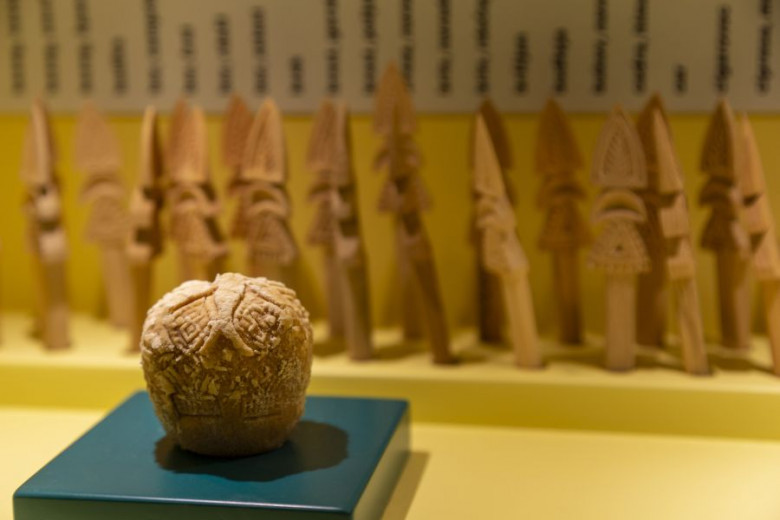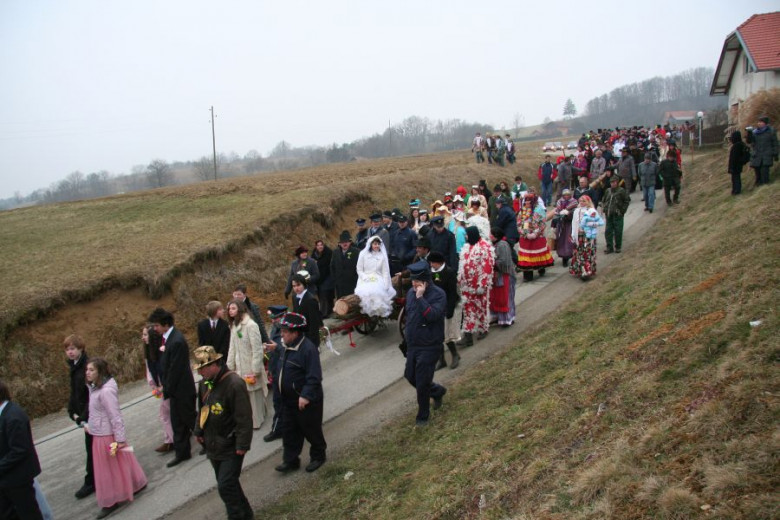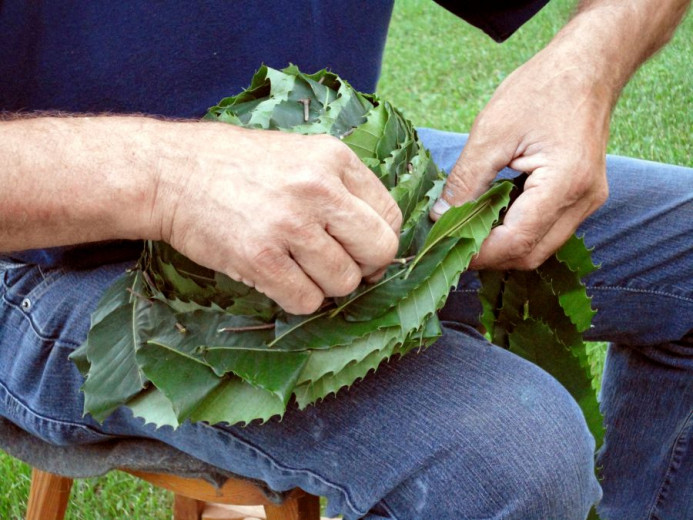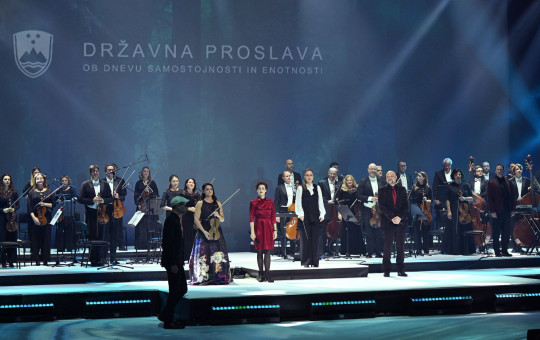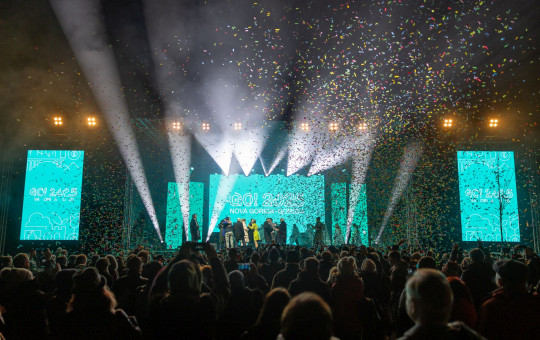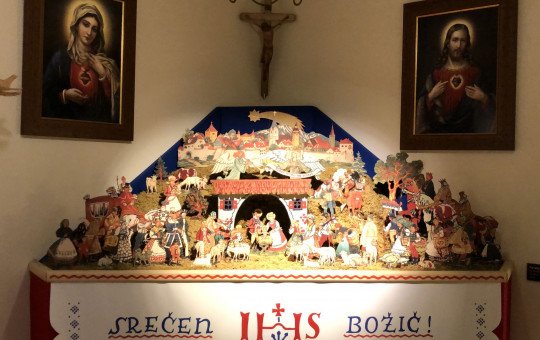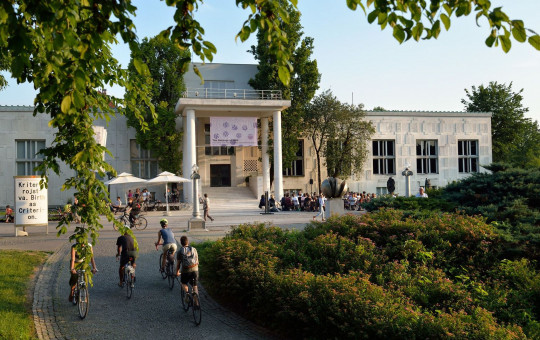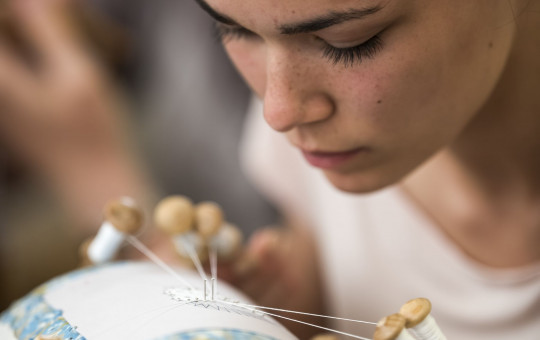Date: 21. August 2020
Time to read: 4 min
It is characteristic of humanity today to look to the future with interest. New discoveries and changes are occurring faster than ever. What existed until recently has now become obsolete and uninteresting in the present day.
But let us not forget that it is the past that has shaped our society and given us knowledge of why we are where we are, at the moment.
The Slovene Ethnographic Museum offers a look into the past of the Slovenian nation, the former way of life, beliefs, knowledge and skills, all of which are on display in permanent and temporary exhibitions.
The museum has more than 3,000 square metres of exhibition space. The latest and most interesting museum acquisitions are temporarily put on display in the museum lobby. The ground floor and first floor are intended for temporary exhibitions. On the second and third floors there are permanent exhibitions, which are constantly supplemented.
Permanent exhibitions
The permanent exhibition entitled Between Nature and Culture, with more than 3,000 museum objects from Slovenia and abroad, has been on display since 2006. Each museum object of the past tells its own story.
A good three years later, the first permanent exhibition was joined by the exhibition entitled Me, We and Others: Images of My World. This fascinating exhibition explores man and man's position in the universe. At the same time, it raises very important, even crucial issues. What or who is man? In what aspects are all people similar regardless of time? How strongly does society influence an individual at a given point in time?
-
 The exhibition entitled Me, We and Others: Images of My World. Photo: Anja Jerin/Slovene Ethnographic museum
The exhibition entitled Me, We and Others: Images of My World. Photo: Anja Jerin/Slovene Ethnographic museum
-
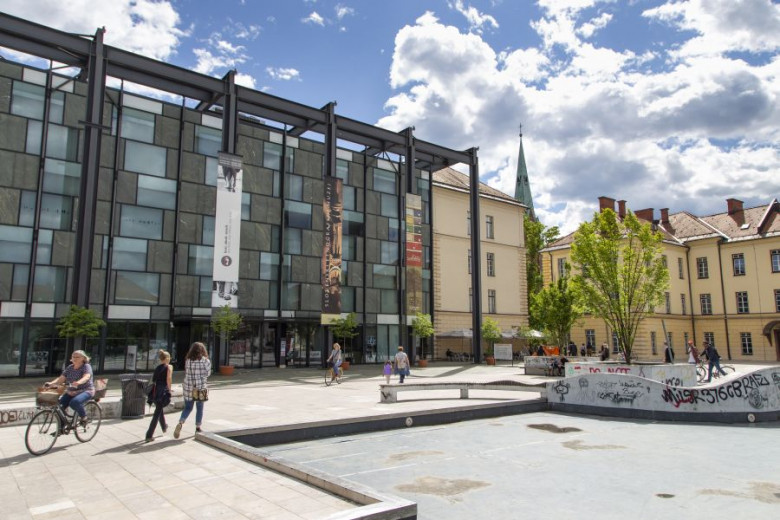 SEM is open according to summer working hours Tuesday through Sunday from 1 p.m. to 9 p.m. until the end of August. Admission is free after 6 p.m. Photo: Blaž Verbič/Slovene Ethnographic museum
SEM is open according to summer working hours Tuesday through Sunday from 1 p.m. to 9 p.m. until the end of August. Admission is free after 6 p.m. Photo: Blaž Verbič/Slovene Ethnographic museum
The most recent permanent exhibition is Lectarstvo je krajcarkšeft (Gingerbread-making is a Gainful Trade): Krbavčič's Chandler's and Sweetmeat-maker's Workshop and Shop in Ljubljana. Due to the workshop's closure, one can now enjoy this old trade exhibited in the Museum.
Joint creativity workshops
The Museum cooperates with various social groups. Temporary exhibitions often display interesting objects from the personal collections of individuals. Joint workshops bring people together and, at the same time, ensure the freshness and topicality of their activities. The museum staff also demonstrated their ingenuity and ability to connect people during the COVID-19 epidemic.
The museum collected jokes that arose during the epidemic.
They numbered more than 1,000 by the end of the summer!
The Museum invites children and adults to workshops of basic weaving and pottery-making techniques. The subjects of the workshops are varied and often associated with everyday life or a holiday.
Intangible cultural heritage
The Slovene Ethnographic Museum plays another role that is vital for the Slovenian nation: the role of the Coordinator for the Safeguarding of the Intangible Cultural Heritage, which means that it documents on site intangible cultural heritage and makes proposals for its entry in the Register of the Intangible Cultural Heritage.
According to the UNESCO Convention for the Safeguarding of the Intangible Cultural Heritage, intangible cultural heritage “means the practices, representations, expressions, knowledge, skills – as well as the instruments, objects, artefacts and cultural spaces associated therewith – that communities, groups and, in some cases, individuals recognize as part of their cultural heritage. This intangible cultural heritage, transmitted from generation to generation, is constantly recreated by communities and groups in response to their environment, their interaction with nature and their history, and provides them with a sense of identity and continuity, thus promoting respect for cultural diversity and human creativity. "
Here are just a few examples of the intangible cultural heritage that everyone knows in Slovenia: Door-to-door rounds of kurenti, who summon the arrival of spring; making beautiful Bela Krajina Easter egg; the painting of beehive panels; or, for example, launching Gregorčki handcrafted miniature vessels, which mark the arrival of spring in Slovenia.
What about the less known examples of the intangible cultural heritage? Are you familiar with trniči, borovo gostüvanje, or making hats out of chestnut tree leaves?
By mid August 2020, as many as 82 different intangible cultural heritage elements had been entered in the Register of the Intangible Cultural Heritage, but they are interconnected and sometimes even interdependent.
They have been classified as follows: Oral Traditions and Expressions, including Language as a vehicle of the intangible cultural heritage; Performing Arts; Social Practices, Rituals and Festive Events; Knowledge and Practices Concerning Nature and the Universe; Traditional Craftsmanship, and Other.
“The importance of safeguarding of the intangible cultural heritage is reflected in its diversity and vividness. These cultural elements would not exist without those maintaining such traditions, who can be groups, communities or individuals, as they are crucial in the transfer of knowledge, skills, practices and presentations from generation to generation,” adds Adela Pukl from the Slovene Ethnographic Museum further, in underlining how important it is that heritage is passed on to younger generations.
“Bearers and practitioners of the intangible cultural heritage deserve credit for its safeguarding as they primarily recognise their heritage and foster its adaptation in space and time.
In this regard, it is essential to transfer their knowledge to other heritage bearers and interested groups or individuals. Only this enables the intangible cultural heritage to develop and exist in today's materialised world,” concludes Anja Jerin from the Slovene Ethnographic Museum.
At the Slovene Ethnographic Museum one can look back on the past. Keener observers will become aware that they are actually seeing into themselves.

